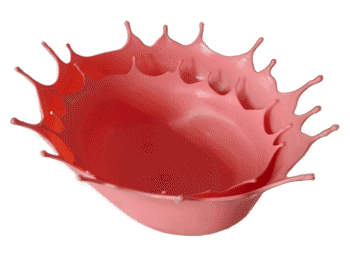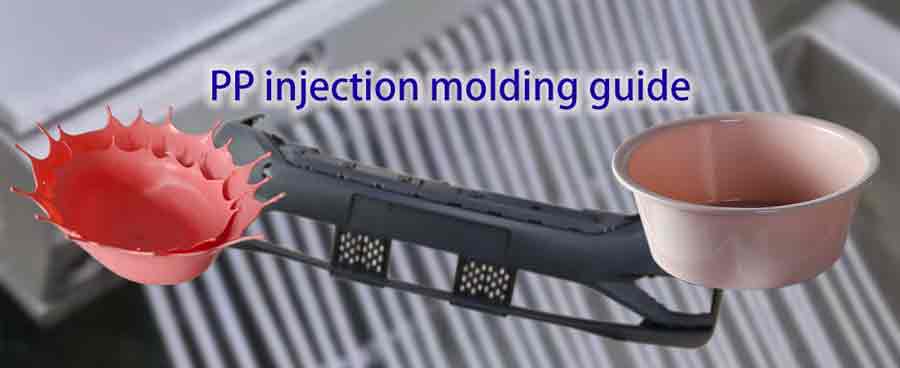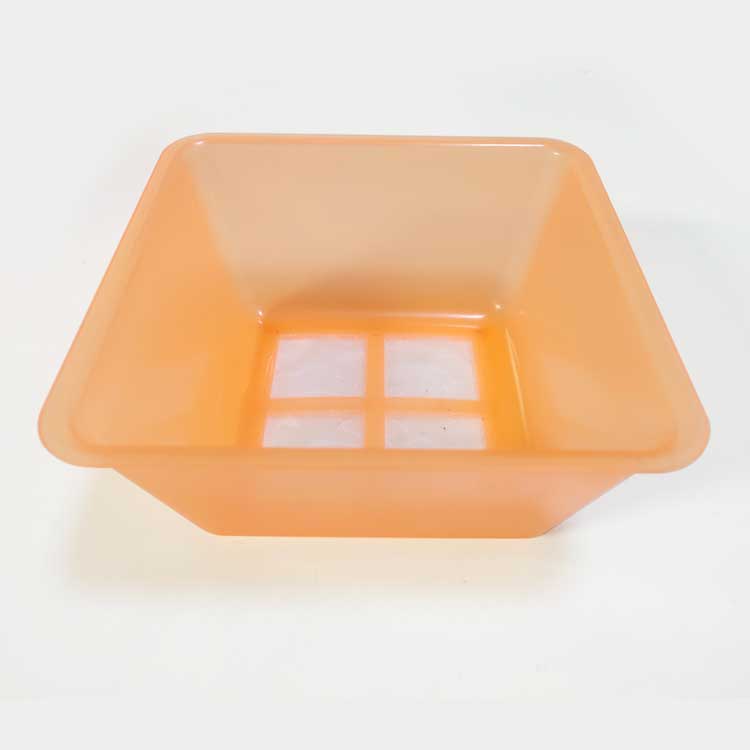What is PP: A Versatile Thermoplasticng
Polypropylene, commonly referred to as PP, is a widely utilized thermoplastic polymer known for its versatility and a broad range of applications. With its scientific name being polypropylene, this amorphous plastic has garnered significant popularity due to its favorable properties, affordability, and adaptability across various industries.
The Ubiquitous Polymer
PP’s widespread use can be attributed to its extensive processing capabilities, which encompass methods like film extrusion, injection molding, profile extrusion, and fiber drawing. This diversity in processing methods allows PP to be employed in a multitude of applications, making it an essential material in modern manufacturing.
A Global Impact
In the year 2022, the global consumption of PP soared to an impressive 79.01 million tons, underscoring its vital role in meeting the demands of diverse industries worldwide. As an adaptable and cost-effective plastic, PP continues to shape our daily lives in numerous ways, making it an integral component of the modern industrial landscape.
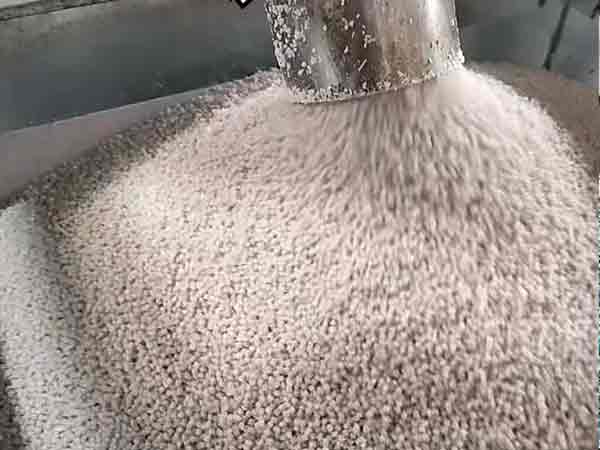
Features of PP
PP, known for its safety and neutrality, remains odorless, tasteless, and non-toxic. With a density of 0.89-0.91g/cm3, it stands as the lightest among commonly used resins. Notably, it exhibits commendable corrosion resistance, minimal water absorption, and efficient insulation.
While transparent PP offers versatility, its transparency falls short of materials like PC and PMMA. Despite its limitations, it finds application in thinner transparent products, such as disposable plastic cups and fast food boxes.
Main parameters of PP
PP exhibits the following vital characteristics:
- Tensile strength: Typically in the range of 21-39MPa.
- Bending strength: 42-56MPa.
- Elongation at break: 200% to 400%.
- Water absorption rate: 0.01-0.04%.
- Notched impact strength: Varies from 2.2-5 kJ/m2, with a relatively poor low-temperature notched impact strength of 1-2 kJ/m2.
- Shrinkage: 1-2.5%.
- Heat distortion temperature: PP features a low heat distortion temperature, with a melting point around 164-170℃ and a decomposition point at 350℃.
PP injection molding: Advantages and Drawbacks
Advantages:
- Cost-effective: Economical compared to most plastics, making it a favorable cost-saving option.
- Easy processing: Exhibits good fluidity, making it ideal for injection molding due to its moderate melting temperature.
- Non-toxic: Free from toxic substances, enabling the production of food-grade materials.
- Impact resistance: Although not high, its softness contributes to a certain level of impact resistance.
Disadvantages:
- Susceptible to aging: Vulnerable to aging and powdering under UV exposure, limiting its suitability for outdoor use.
- Limited heat resistance: Relatively poor heat resistance and low heat distortion temperature.
- Low hardness and gloss: Prone to wear and scratches due to low hardness, leading to a dull surface that impacts its overall appearance.
- Slightly inferior dimensional stability in injection molding: Soft nature and high shrinkage rate result in comparatively poor dimensional stability, unsuitable for high-precision parts production.
PP Applications: Diverse Usage
PP finds extensive application in manufacturing a myriad of products, including:
1. Injection molding products: Commonly used for creating daily necessities like chairs, barrels, and basins, as well as auto parts such as bumpers and instrument panels, and electrical appliances like TV casings and fan blades.
2. Film products: PP film is ideal for food packaging due to its excellent heat resistance and sterilization capabilities. Biaxially oriented PP film (BOPP) is suitable for typewriter tapes and adhesive tape base films, owing to its high strength, transparency, and gloss.

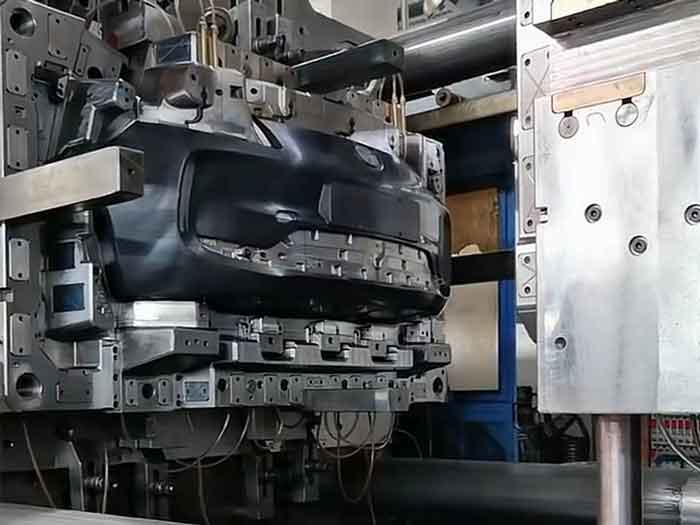
3. Fiber grade PP: High melt index PP is used in the production of clothing, diapers, and non-wovens through polypropylene and short fiber manufacturing.】
4. Copolymerized polypropylene: High-melt and low-melt copolymers cater to various impact resistance needs, serving applications such as packaging supplies, household appliances, and automotive parts production crates.
Modified PP: Expanding Potential
To address PP’s limitations and broaden its applicability, various modification methods are employed, including:
Chemical modification:
- Copolymerization, cross-linking, graft modification, and the introduction of nucleating agents are utilized to alter polypropylene’s polymer components, macromolecular structure, and crystal configuration. These changes serve to improve mechanical properties, heat resistance, aging resistance, and more.
Example of graft modification: PP’s inherent non-polar, low surface activity, and non-polarity characteristics lead to challenges like poor surface printing and compatibility issues with polar reinforcing fibers. Graft modification introduces polar groups into the macromolecular chain, enhancing PP’s blending, compatibility, and adhesion with other materials.
Physical modification:
This encompasses filling modification and blending modification. The former involves incorporating fillers like calcium carbonate, silicate, glass fibers, and silica into PP. The latter mixes ingredients such as polyethylene, thermoplastic elastomers, rubber, and other engineering plastics with PP.
Through these modification methods, various specialized forms of PP are attainable, including reinforced and toughened PP, UV-resistant PP, transparent PP, and flame-retardant PP. Additionally, dimensional stability and high-temperature resistance can be enhanced to meet specific application requirements
Choosing materials needs a professional background, because each scenario is different and cannot be covered in one article. If you need help with this, please contact us.
PP Injection Molding Precautions
PP, with its low moisture sensitivity, often does not require drying when new material packaging is sealed. In practice, many factories skip the drying process, even if the material has been opened for an extended period.
To ensure successful PP injection molding, it’s vital to consider the following:
Melting Temperature: The melting temperature for PP falls within the range of 220-280 degrees. It’s crucial to avoid exceeding 350 degrees, as PP can easily decompose at higher temperatures.
Temperature Control: Maintain the barrel temperature at approximately 220 degrees and the mold temperature between 40-80 degrees to optimize the injection process.
Injection Speed: Adjust the injection speed accordingly. Reduce it at the start and end of the injection, while increasing it in the middle stage. This helps minimize the injection cycle, ultimately reducing production costs.
Conclusion
In summary, PP injection molding’s cost-effectiveness and adaptability, along with modifications, showcase its importance in various industries. Despite inherent limitations, understanding PP’s properties and molding precautions is key to its successful utilization in manufacturing.
